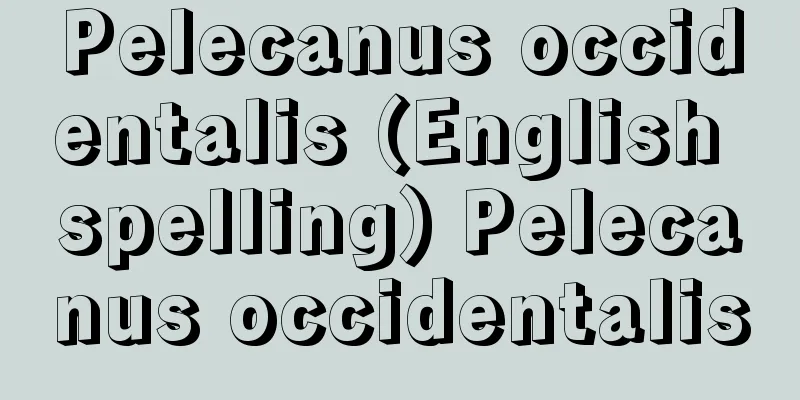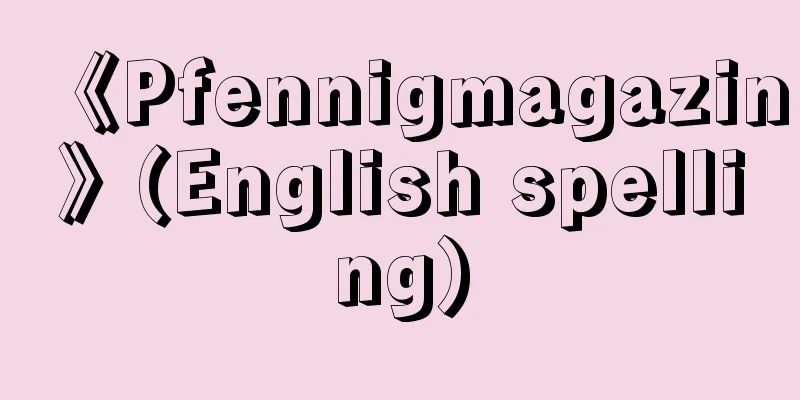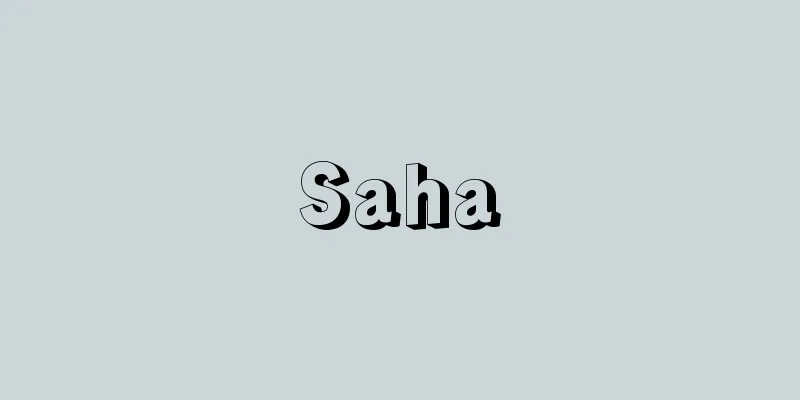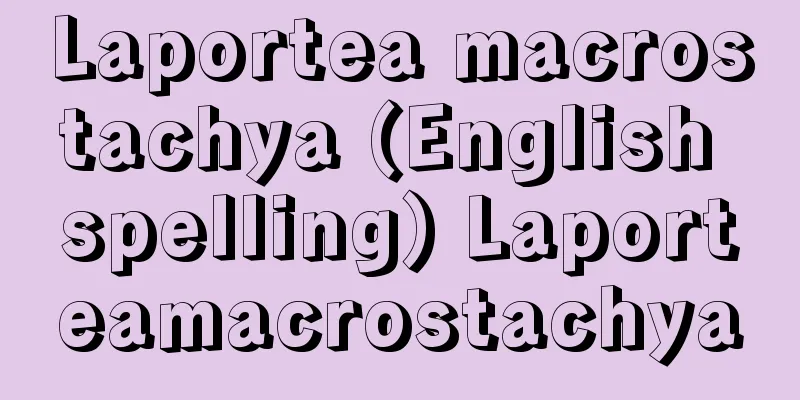Gyotoku salt fields
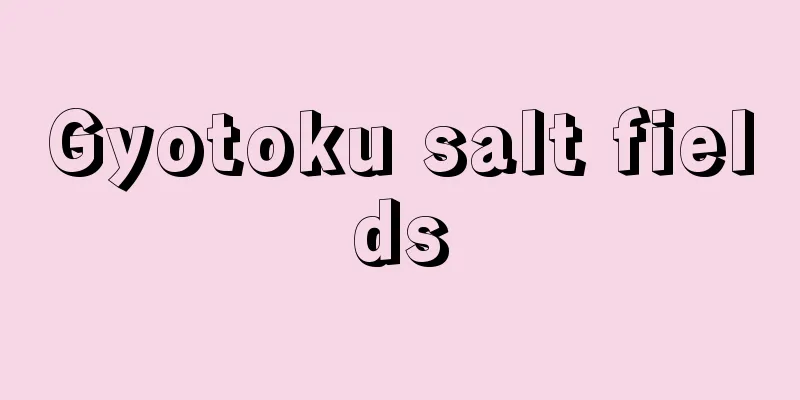
|
During the Edo period, Irihama salt fields were located in Gyotoku, Shimousa Province (present-day Ichikawa City, Chiba Prefecture). When Tokugawa Ieyasu entered the Kanto region, he exempted the salt fields from taxes and provided funds in order to develop and protect them, and as a result, the salt fields covered an area of over 191 cho in 1702. In 1815, over 184 cho produced 36,820 koku of salt, of which 1,250 koku was paid to Edo Castle as official salt. To make effective use of the salt fields, brine was extracted using a mobile strainer. Salt remaining after tax was sold in Edo by furiuri (a type of salt seller), and later it was handled by salt shops officially recognized by the shogunate. It was sold to the interior of the Kanto region by a salt wholesaler in Gyotoku, where it was well received. Source : Heibonsha Encyclopedia About MyPedia Information |
|
江戸時代,下総(しもうさ)国行徳(現千葉県市川市)にあった入浜(いりはま)塩田。関東に入部した徳川家康が塩田の開発・保護を図るため,諸役の免除や資金の給付を行ったことから,1702年当時の塩浜面積は191町余にのぼった。1815年には184町余で3万6820石(こく)を産し,江戸城には御用塩として1250石を納めた。塩田の有効利用のため移動式の笊取(ざるとり)法によって鹹水採取が行われた。年貢以外の残余の塩は江戸で振売(ふりうり)によって売られ,のちには幕府公認となる塩屋が扱うようになった。関東の奥地には行徳の塩問屋(といや)によって販売され,好評を得ていた。
出典 株式会社平凡社百科事典マイペディアについて 情報 |
>>: Local education - Kyodokyoiku
Recommend
Sensai Emura
1565-1664 Ada-Toyotomi: A physician and Confucian...
Oyu [Hot spring] - Oyu
Located in Kazuno City, Akita Prefecture, along th...
September Bible - September Bible
…The Reformer Luther insisted that Christian fait...
Industrial action
When a labor dispute occurs, a group of workers r...
Baldr
The god of light in Norse mythology. The son of Od...
Abū al‐Faẓl
1551‐1602 A thinker and historian of the time of A...
Discography
Discography is a collection and organization of da...
Aqua Fan - Aqua Fan
...When someone dies, the ancestral spirits in th...
Incus bone - Incus takotsu
… In mammals, the secondary palate is completed i...
Zarutskii, I. (English spelling) ZarutskiiI
...From the end of 1910 to the beginning of 1911,...
Area - Eria (English spelling) area
"A major division in bibliographic descriptio...
Ichiro
A term used to count the seniority of officials, w...
Steel drum
... refers to a band made up of several types of ...
Choreometrics
...This was a cross-cultural comparison of the ch...
Armpit odor
Colloquially known as wakiga, this condition refe...

